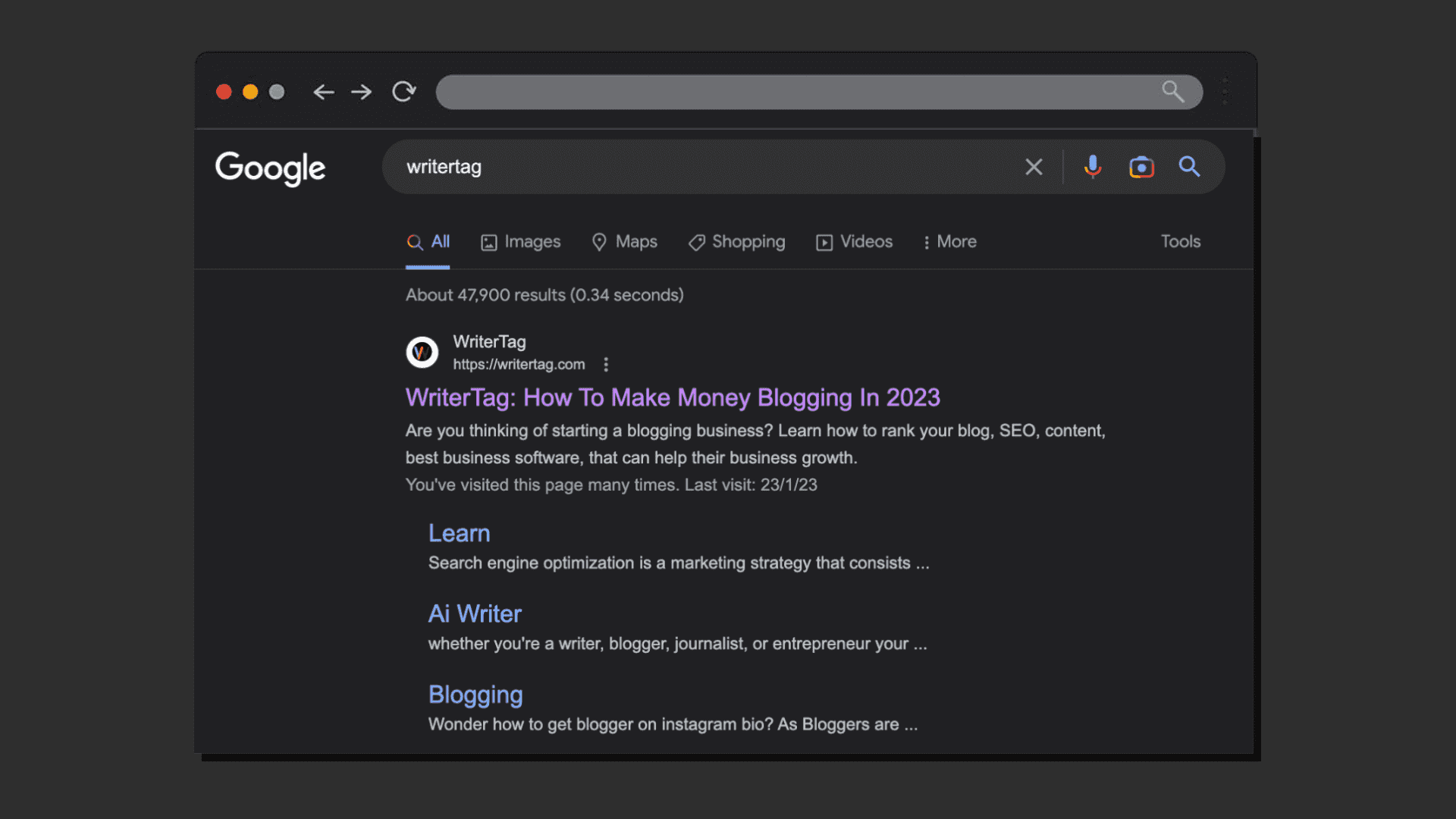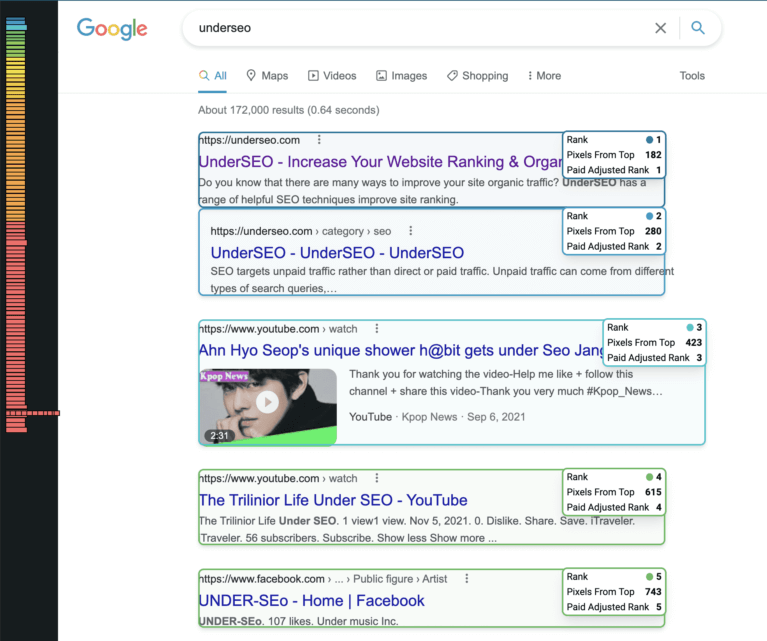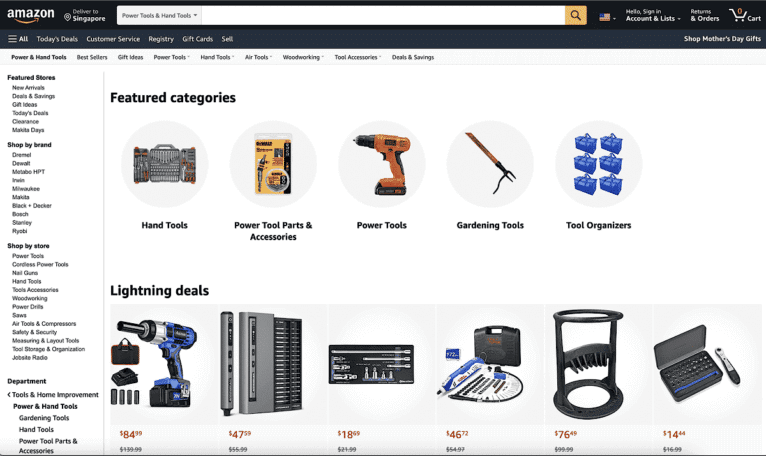In the world of digital marketing, search engine optimization (SEO) is a crucial factor that determines the visibility and success of any online business. While creating engaging content is essential, it’s equally important to optimize it for search engines so that users can find your website easily.
This is where SEO analytics comes into play – by analyzing user behavior on your website, you can gain valuable insights about what kind of content performs well and what areas need improvement.
In this article, we will explore strategies for unlocking the power of SEO analytics to optimize your content effectively and rank higher in search results.
Understanding the Basics of SEO Analytics
Understanding the basics of SEO analytics is a critical aspect of improving your website’s visibility and online presence. By utilizing various tools, you can access valuable data about how users are interacting with your content, providing insights into key areas that may need improvement or optimization.
These might include search engine rankings, click-through rates for specific pages or posts, or even user behavior once they arrive on your site. One important strategy for optimizing your content using SEO analytics is to focus on creating high-quality, relevant content that provides value to your audience.
This can be achieved through keyword research and targeting specific topics or niches related to your industry or field. Additionally, analyzing data from sources such as Google Analytics allows you to fine-tune details like optimizing meta tags and descriptions to improve click-through rates (CTRs) and attract more organic traffic.
With attention given to these basic tactics alongside other strategies tailored specifically toward individual websites’ unique needs, it is possible to achieve significant success in improving overall SEO performance long-term.
Identifying Key Metrics for Content Optimization
Identifying the key metrics for content optimization is crucial to ensuring search engine success. Various factors can be considered when analyzing user behavior on a website – bounce rate, session duration, page views, click-through rate (CTR), and others.
By identifying these key metrics for your website, you can determine what areas of your content need improvement to increase engagement and conversions.
One important metric to consider is the CTR. A high CTR suggests that users find your meta description or title tag enticing enough to click through to your site.
Analyzing this data allows you to make changes where necessary to improve visibility and attract more clicks from users. Another important metric is bounce rate which measures how quickly users leave after arriving at a particular page on a website. A high bounce rate typically means that either the content on the page does not match what they were searching for or it’s difficult for them to navigate around your site.
In conclusion, by identifying these key metrics one can utilize analytics tools like Google Analytics or SEMrush along with other marketing software solutions that will give companies an idea of how their business’s relevance online really works besides optimizing timely campaigns showcasing different projects daily targeting potential customers.
Understanding how people engage with our websites helps businesses implement better strategies leading to successful SEO optimization in making an informed marketing strategy. This process leads us closer toward sustainable growth tailored according to prospective consumers’ requirements thereby fulfilling desired goals over time as well as generating steady traffic returns!
Using Keyword Research for Improved SEO Results
Keyword research is a key component of effective SEO. By identifying the words and phrases that users type into search engines, you can optimize your content to rank higher in search results. Keyword research involves finding the right keywords based on their relevance, competition level, and search volume. When integrated strategically into your website’s pages, blogs¸ images, or videos, these searchable terms will provide better visibility of your business online.
However, it’s not just about using as many keywords as possible. Instead, focus on creating high-quality content that targets specific long-tail keyword phrases related to your industry or product offering. Long-tail keywords are more specific and generally have a lower competition level than broad keywords alone resulting in improved conversion rates for businesses since they tap into customer intent giving them exactly what they need.
By utilizing keyword research methods consistently over time paired with continuous analysis of data patterns from organic searches directed through optimization efforts towards potential clients’ behavior and preferences – businesses get leads at an increasingly higher rate hence leading to better revenue streams; ultimately consolidating their position within their respective industries while reaching out to new markets in the process
Analyzing User Behavior to Identify Content Gaps
Analyzing user behavior on your website is an effective way to identify content gaps and produce optimized content that resonates with your audience. SEO analytics can help determine which pages receive the most traffic, what keywords users are searching for, and how long they stay on each page.
By analyzing these data points, you can assess areas where there’s a high volume of traffic but little engagement or where users are dropping off quickly.
Once identified, content gaps can be addressed by producing new material that addresses unanswered questions or filling in missing information about specific topics. Creating informative blog posts, optimizing existing web pages with keyword-rich headers and descriptions, or crafting new product descriptions using relevant long-tail phrases all play a role in improving rankings.
In summary, analyzing user behavior is one of the most important aspects of creating an effective digital marketing strategy. By gaining insights into how your target audience interacts with your website/online store/application/software package/etc., business owners have ample opportunity to improve their messaging and provide valuable services/products to more people around the world than ever before possible!
Leveraging Competitor Analysis to Stay Ahead
The online business landscape is becoming increasingly competitive, and companies must adapt accordingly to stay ahead. One way of achieving this is by leveraging competitor analysis using SEO analytics. By analyzing your competitors’ websites and strategies, you can gain valuable insights into what works in your industry and what doesn’t.
This information can then be used to improve your own website’s visibility and performance.
Furthermore, competitor analysis through SEO analytics helps you identify both gaps in content that can be filled as well as unique selling propositions that set you apart from competitors. To maximize returns on investment while minimizing costs, it’s imperative to conduct a thorough review of the competition regularly – at least once every quarter or whenever new trends emerge.
Armed with these findings, businesses are better equipped to make informed decisions about their content marketing strategies for sustainable growth over time instead of merely reacting hastily based on incomplete data or hunches.
In summary, leveraging competitor analysis through SEO analytics provides actionable insights into improving a company’s marketing strategy and staying ahead of the competition across digital channels such as search engines like Google or social media sites like Facebook or Twitter.
Companies should invest sufficient resources so they may responsibly access data sources while keeping customers’ privacy concerns top-of-mind while leveling up customer experiences driven by high user satisfaction rates; enabling long-term brand loyalty fueled by happy clients who achieve success!
Optimizing Content for Featured Snippets and Rich Results
Optimizing content for featured snippets and rich results has become an increasingly important task in the world of SEO.
Featured snippets are selected search results that appear at the top of Google’s organic results, providing users with instant answers to their queries without having to click through to a webpage.
Rich results, on the other hand, include more visually appealing elements such as images, videos, or ratings – which attract user attention and increase click-through rates.
To optimize your content for these coveted spots, it’s important to focus on high-quality information that directly answers common questions related to your topic.
This means performing keyword research using tools like Google Keyword Planner and SEMrush so you can identify commonly searched phrases people use when trying to find information concerning your industry or service niche.
Once you have identified those keywords, then incorporate them into unique page titles and meta descriptions that concisely tell users how they stand not only to benefit from engaging but also learning more about what they want.
In conclusion, optimizing content for featured snippets and rich results is something every online business should prioritize if they want visibility in today’s digital marketplace.
With effective keyword research & analysis techniques coupled with tailored marketing strategies designed around this new reality-found landscape, you’ll be sure both your website visitors will enjoy a great browsing experience while increasing sales volumes exponentially over time!
Measuring ROI and Tracking Success with SEO Analytics
Measuring ROI and tracking success with SEO analytics is a critical aspect of any digital marketing strategy. It involves monitoring key metrics such as website traffic, conversion rates, and search engine rankings to evaluate the effectiveness of your efforts. By measuring ROI and tracking success, you can identify which tactics are producing results and adjust your approach accordingly.
For example, if you notice that certain keywords are driving more traffic to your site, you can focus on optimizing content around those keywords to improve engagement.
In addition to evaluating individual metrics, it’s also important to take a holistic view of your SEO analytics data. By analyzing patterns across different metrics and overperiods, you can gain deeper insights into how users interact with your website.
This information can help inform decisions about content development and optimization strategies going forward. Overall, measuring ROI and tracking success with SEO analytics should be an ongoing process that informs continuous improvement in all areas of your online presence for optimal performance long term.





